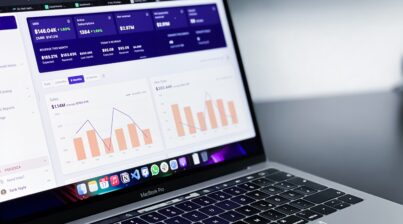The rise of the gig economy is only increasing the contingent workforce. Anyone that is not on the company’s payroll makes up the contingent workforce. Temporary staff, subcontractors, freelancers, independent contractors, consultants, contract workers can all fall under this umbrella of the contingent workforce.
Gig economies promote a workforce of temporary or contract workers that work flexible jobs. It replaces the traditional economy that hires permanent employees to fulfill its labor needs. Technology and apps have exponentially grown on-demand services which support the gig economy. Companies like Uber, Lyft, Postmates, Fiverr, and Etsy all run on contingent labor.
That’s not to say they don’t have any permanent staff on payroll. A lot of corporate roles or proprietary software development will still be apart of the traditional economy. But, having a larger contingent workforce makes sense for the business model.
Large contingent workforces are not just limited to tech companies. One in three contingent workers is within healthcare or education. Nurses, aides, and teachers are known for rotating assignments at various locations.
To keep up with the contingent workforce, use HR metrics to ensure your labor force is aligned with the business strategy and goals.
Contingent representation rate tells you what percentage of your workforce is contingent. To calculate, divide the total contingent workforce by the total workforce, which includes everyone within the organization’s labor force. Then multiply by 100 to get the percentage.
Contingent Representation Rate: (Total Contingent Workforce / Total Workforce) x 100
A high or low percentage of the contingent workforce isn’t necessarily a good or bad thing. It depends on your organization’s business model, strategy, and goals. Organizations like Lyft and Uber argue in the courts that their contingent workforce is integral to their business models.
If your organization is a start-up, contractors and consultants might be a good idea. The needs of the organization will rapidly change as it gains momentum and grows. Flexibility is important and a contingent workforce does mitigate risk when having to end employment.
Even if a large contingent workforce makes sense for your organization’s business model, key roles should still be permanent. Especially in roles where change and turnover aren’t good. For instance, senior leaders that make business decisions or have access to sensitive information should probably not be contingent. Or in roles where relationship building is important to success.
But of course, every organization is different. It’s up to you and your business leaders to determine what’s the right contingent representation rate.
Tracking your contingent representation rate is easy with an HR dashboard. It provides one place for all your data to be collected and your metrics to be calculated.
Sign up today for a free demo of our automated HR dashboard.












